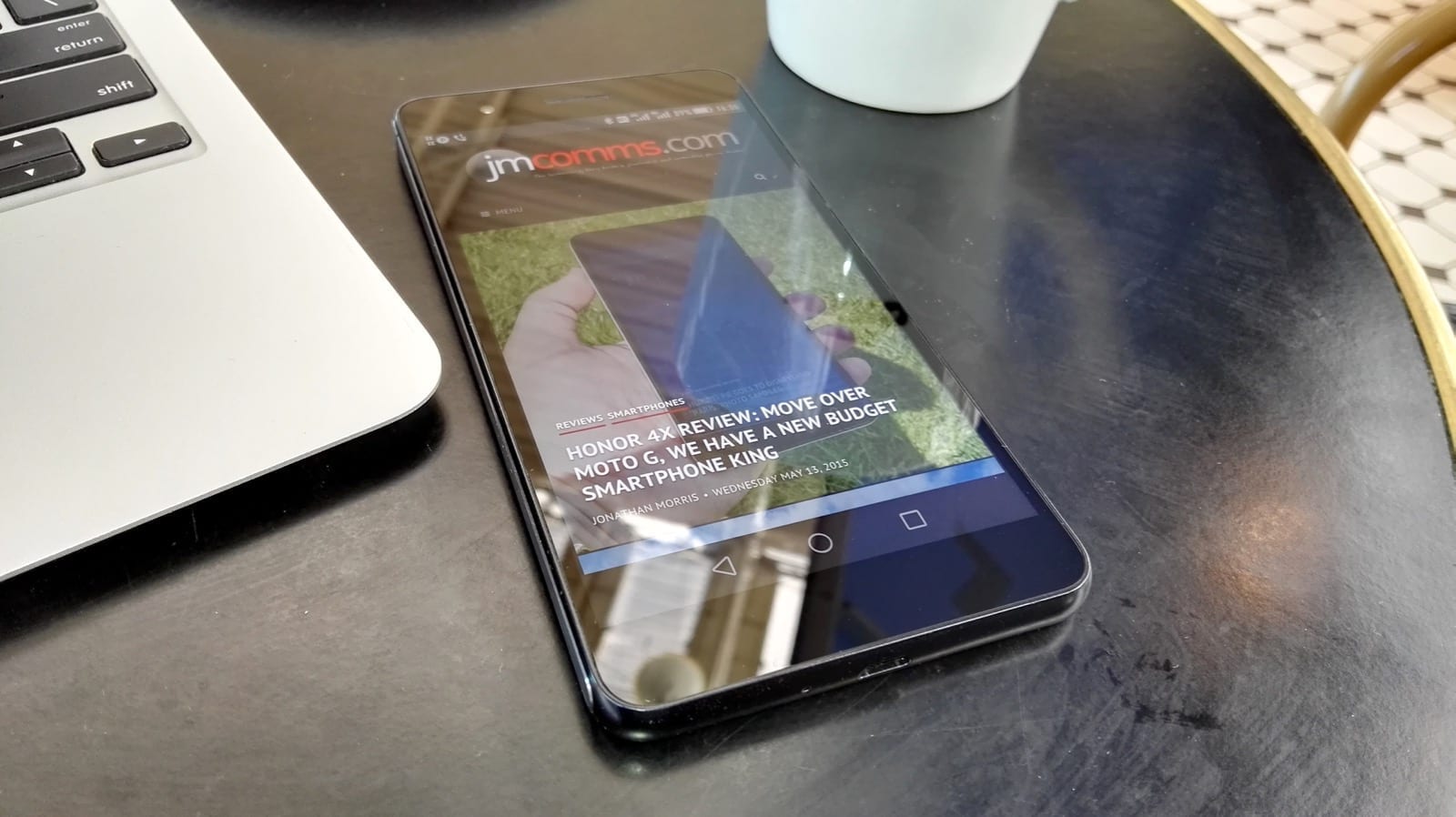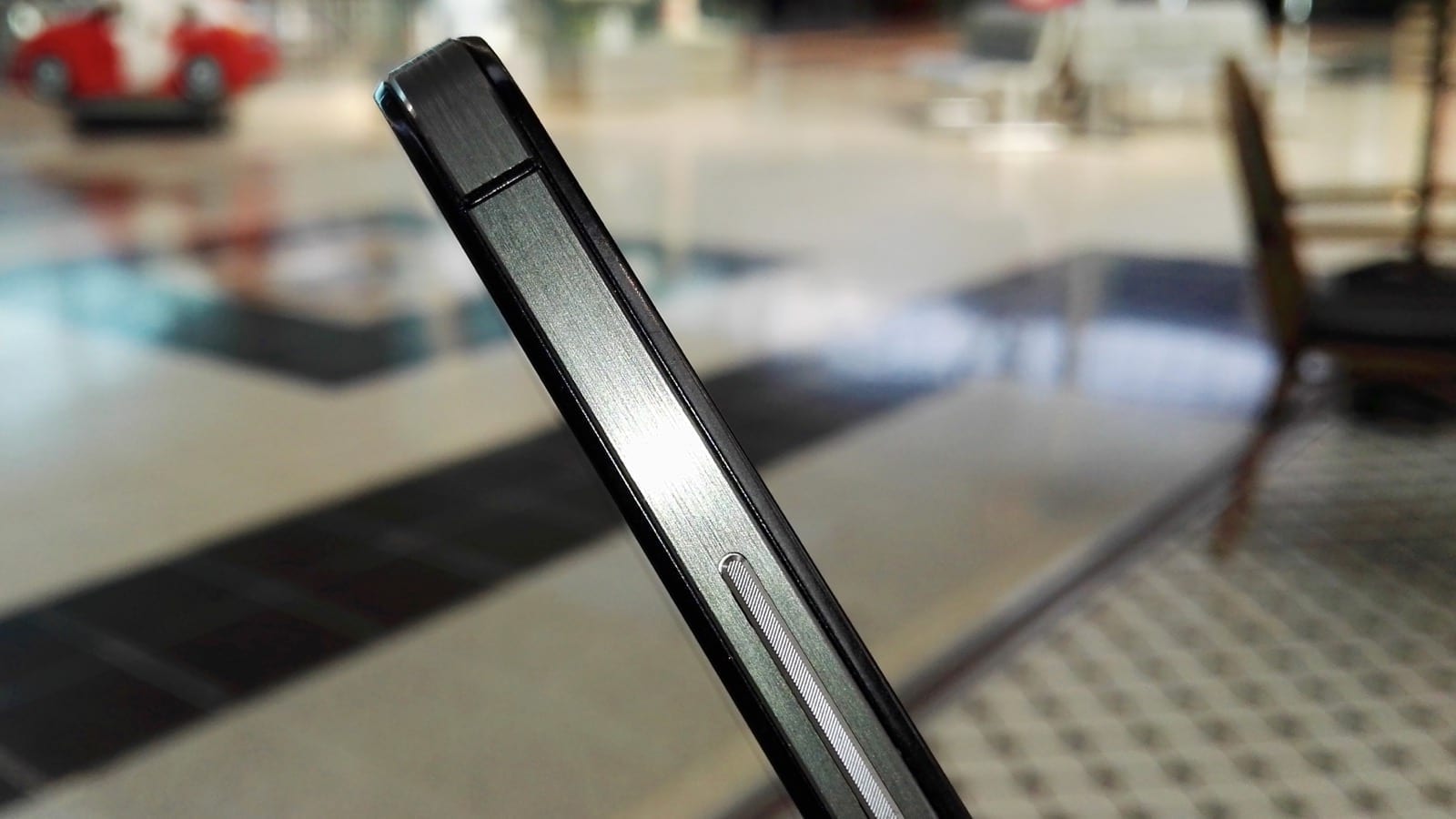
Honor 6 Plus Review: The big-screen powerhouse with incredible stamina
It might make for good copy saying ‘from the company you’ve never heard of’, but it isn’t particularly good for Huawei – the company behind the Honor brand and the manufacturer of the 6 Plus.
However, that’s exactly how many reviews have kicked off, and I’ll confess that I planned to do too.
You see, it’s a real problem. Here’s a company behind a great deal of infrastructure that makes it possible to even use a mobile phone, and has a high level of expertise that gives it a real edge in making quality handsets and tablets to take full advantage of the latest high-speed 4G networks, but yet most people know virtually nothing about.
At best, some people may have had a mobile broadband dongle or Wi-Fi hotspot with the Huawei logo, but that’s not necessarily going to have you rushing to buy a phone, compared to the brands you recognise, like Samsung, HTC, Sony, LG, Motorola etc.

Despite enjoying high levels of success in some parts of Europe (especially Germany), Huawei has struggled to gain momentum in the UK. Even the flagship P8 (another great handset, by the way) is still not on sale here yet.
Anyway, without wasting more time with a history lesson you didn’t ask for, the fact of the matter is that Huawei is aware of the difficulties, and created a new brand that is separated from the image of its parent company.
Honor devices range from entry-level phones with a high specification (going after the likes of Motorola and many Chinese manufacturers) like the Honor 4X, up to this, the flagship Honor 6 Plus – a dual SIM, octo-core 4G phone with a 5.5-inch display.
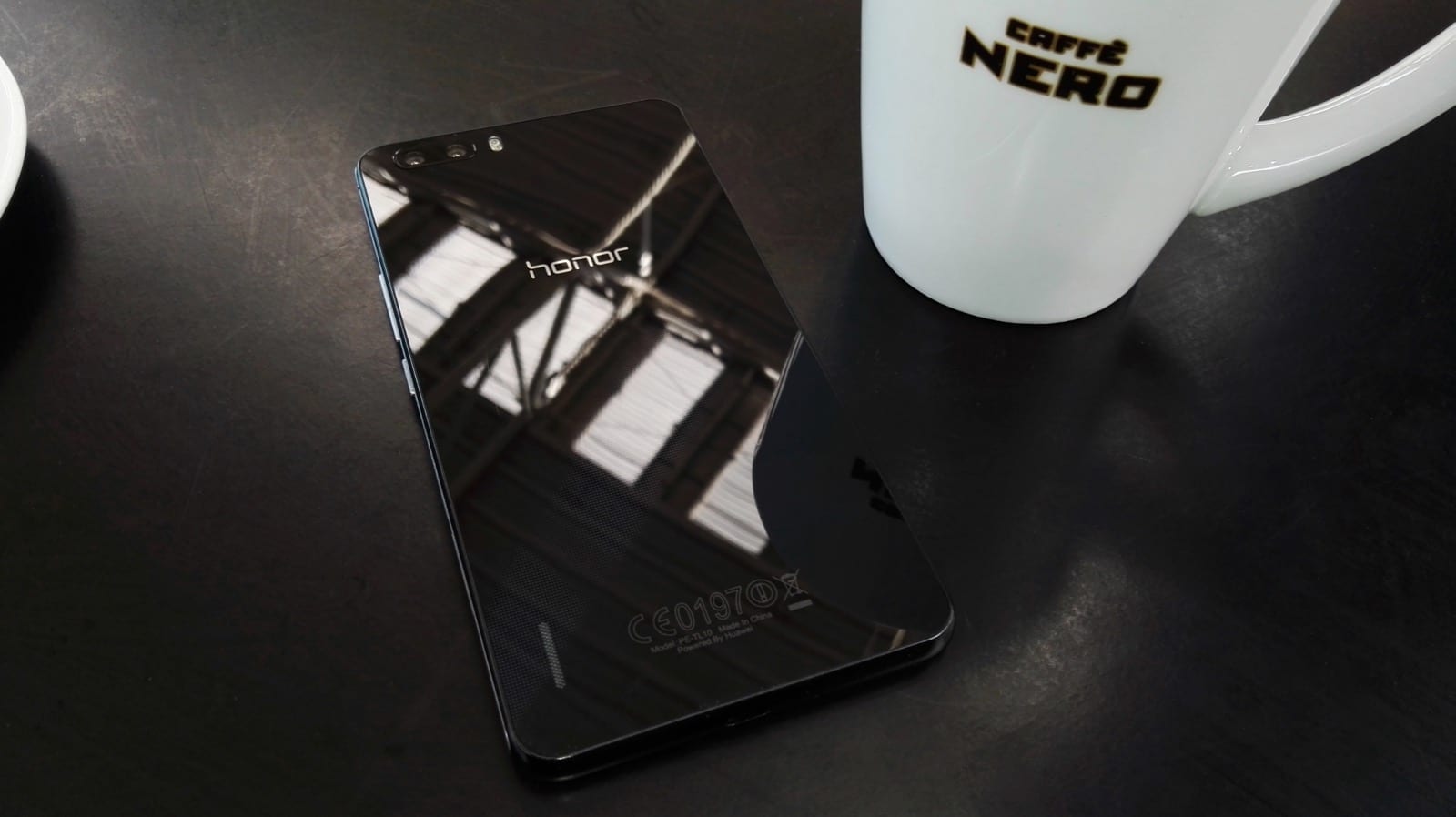
In the case of the Honor 6 Plus, there’s a good chance it could enjoy some success because it’s on the high street up and down the country, thanks to an exclusive deal with Three. You can actually walk into any store and see and play with a demonstration unit, getting to see just how it stacks up against the competition.
And here’s where I can say from the off that it stacks up very well indeed. The main reason perhaps being a 3,600mAh battery. It’s perhaps unusual to begin a review by talking about a battery, but it’s one of the killer features on the 6 Plus. At a time when other flagships are reducing battery sizes to go thin, as if that’s what customers actually want, I can’t stress enough how much of a good thing this is.
The 6 Plus is far from chunky, but with a larger footprint to incorporate its 5.5-inch Full-HD display, Honor has managed to use that extra size to include a battery that all modern smartphones need, especially one with an octo-core CPU packed inside (plus 3GB of RAM).

Anyone buying another flagship is probably spending time looking at guides on how to get a full day of usage out by turning features off, dropping the screen brightness, removing apps etc. On the 6 Plus you can just get on with things, letting the intelligent power saving functions manage things automatically, while not forcing you to turn the features off that you want to keep on.
I could almost end the review here and just say that if you’re after a high-performance smartphone that comfortably lasts a day without the usual battery anxiety, get the 6 Plus. However, there are many other things to talk about.
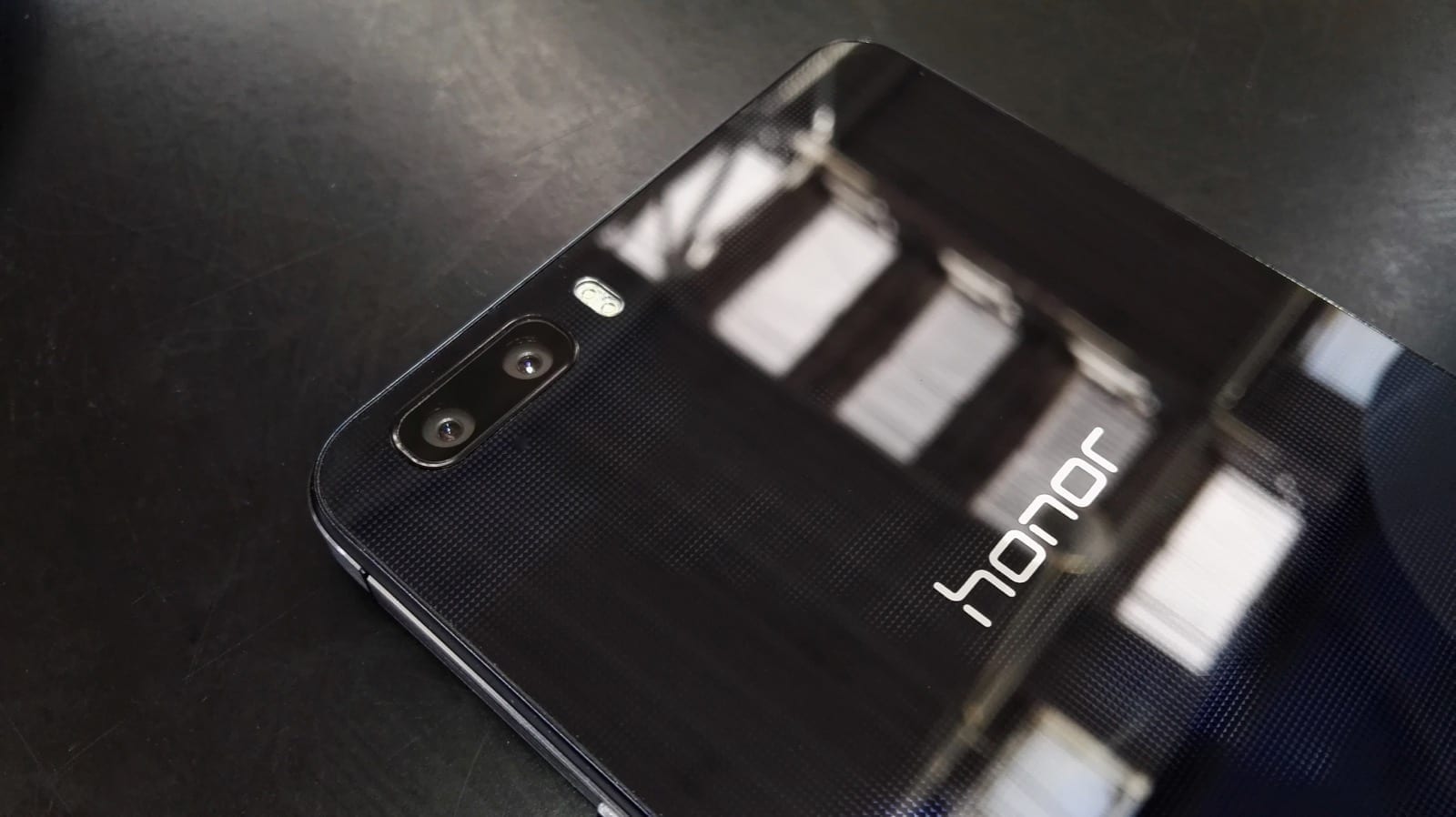
Camera
The camera is quite unique on the 6 Plus. On the rear you’ll see two 8-megapixel sensors that pair up to produce a 13-megapixel image, as well as offering the adjustable aperture photos that HTC dabbled with on the HTC One M8.
Personally, despite testing out the wide aperture function for review purposes, just as I did with the M8, it’s not a function I feel the phone really benefits much from. Yes, you can get those nice bokeh effects, and two lenses makes it quicker than on other handsets that take multiple shots, but it’s still just a rather pointless gimmick once the novelty wears off as it inevitably will.

Where the real benefit comes from is in the process of combining the image data from both sensors to create a 13-megapixel (10-megapixel in 16:9 ratio) photo, reducing noise levels considerably and working better in low lighting situations. It’s an interesting way to try and solve the perennial problem of getting more light into the small sensors squeezed inside ever-thinner mobile phones, and it’s something that seems to work very well.
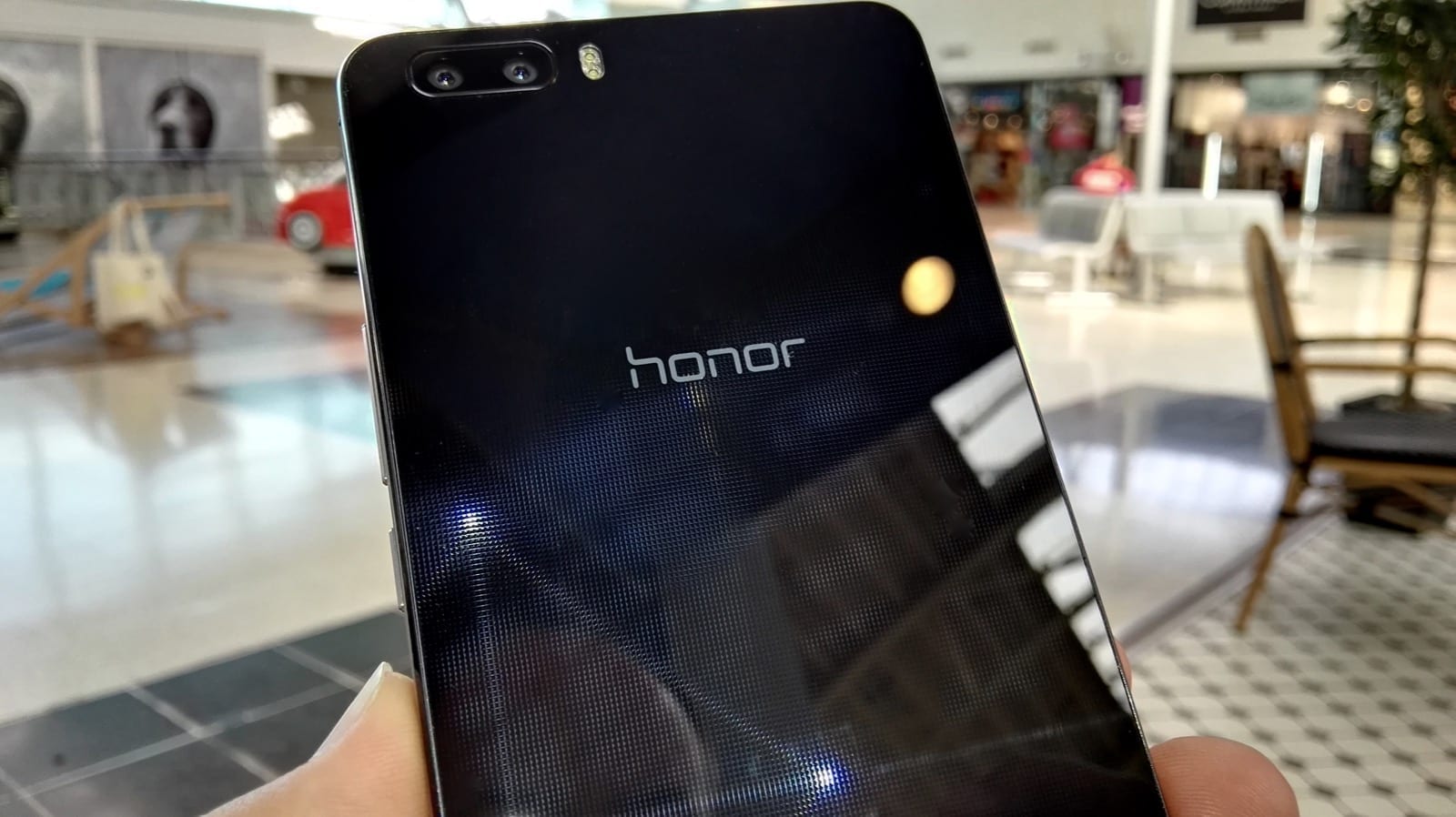
In addition, with the use of a suitable grip or makeshift stand, you can use the super night mode to get incredible photos in near darkness. It can take up to 30 seconds to get a photo in this mode, meaning anything with movement may look blurred, but the results beat anything you can get away from using a DSLR.


There’s also a bright twin-LED flash (not dual-tone like the Huawei P8), and when you take photos in more normal conditions, again, the photos are very sharp and well balanced. There’s an HDR mode that doesn’t make things look too unnatural, and if there’s any complaint at all it’s that some photos can appear over saturated when viewed on a monitor or TV.
Video recording is limited to 1920×1080, and other camera modes include beauty mode (for selfies), panorama, best photo (takes multiple shots and you choose the best), burst mode (saves all photos), watermark (overlay images and text), plus a range of Instagram-like filters.
Talking of selfies, the 6 Plus even has another 8-megapixel camera chucked on the front so you can get images to be proud of. The beauty mode then coming into its own to filter out blemishes and make anyone look like a supermodel (okay, perhaps not).
Finally, while there’s no dedicated camera button, double tapping the down volume key fires up the camera and takes a shot, which is great for those spontaneous photo moments.

Design & Hardware
The phone itself is pretty stylish, even if the black model on sale in Three stores is perhaps the most understated (you can also get the 6 Plus SIM-free in white or gold, the latter being my personal favourite). At 165g, it’s not the lightest phone on the market, but given that impressive battery stored inside it’s a price well worth paying in my opinion.

The 5.5-inch full-HD display (Huawei recently argued that on such a screen, there’s absolutely no point in going higher than 1080×1920 pixels, although you could argue that the company would say that wouldn’t it?) is very bright, and has great viewing angles. At over 400PPI, everything is sharp and customisable themes allow you to change the icons and fonts to match your taste.
Powering the phone is Huawei’s slightly older Kirin 925 octo-core (32bit) SoC, with ARM Mali T628 MP4 GPU. Performance wise, it’s not actually that far behind the Kirin 930 (64-bit) P8. At no point will you think this phone is slow, although it can run hotter than the P8. Part of that is more likely down to the plastic back cover over the metal used on the P8. Heat dissipation is always tricky, but the phone never gets uncomfortably hot.

At the top of the phone is an infrared port, which lets you use the phone as a remote control for most TVs and set top boxes. It’s a feature I’ll confess to not even knowing the phone had for the first couple of weeks.
For now, the 6 Plus makes do with Android KitKat and it seems it could be as long as August before Lollipop makes an appearance, which in itself is not going to be too far away from when ‘Android M’ begins to become available, but with all of the problems afflicting Lollipop users (e.g. memory leaks) it’s perhaps not such a bad thing. Hopefully the version that will be rolled out will be at the very least Android 5.1.1, which supposedly fixes just about everything that has caused such heartache for Android users this year.

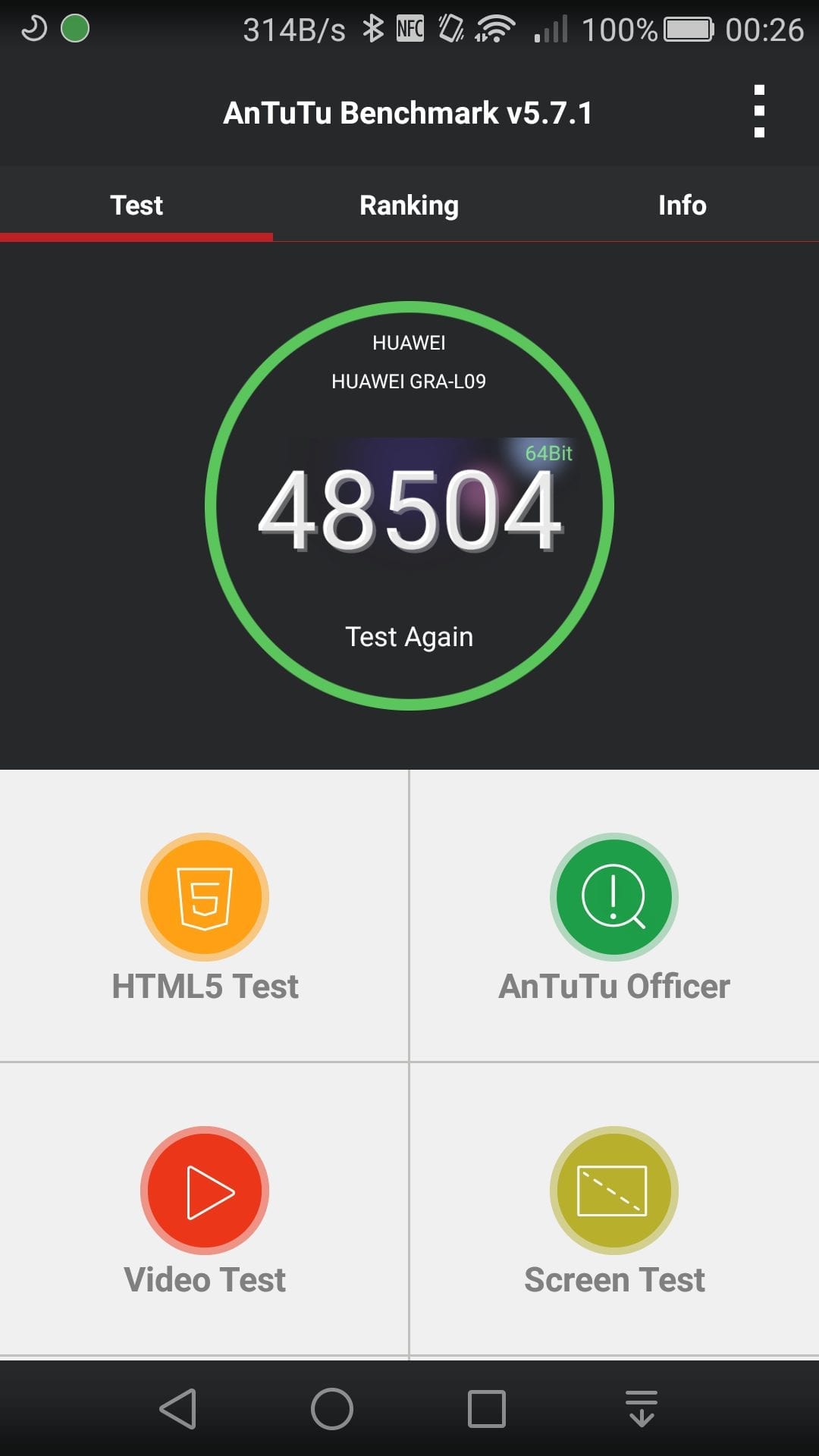
The 6 Plus also has two SIM card slots. One taking a micro SIM, the other a nano SIM or microSDXC card. Unlike the 4X with three slots, you need to choose if you’re going to have two SIM cards or one and a memory card. To lessen the potential blow, the 6 Plus has 32GB of onboard storage.
Only one SIM can operate in 3G or 4G mode at any one time (with Cat 6 support for download speeds of up to 300Mbps), leaving the other SIM to operate only on 2G. You can select one for using data, and one for making calls and texting (as default) but you can still make a call or send a text using the second line when using the native dialler and messaging app.
Also, unlike the Huawei P8, the 6 Plus also supports 5GHz Wi-Fi (but not 802.11ac). Wi-Fi reception, as well as mobile reception, has proven to be as excellent as you might hope from a manufacturer that knows a thing or two about antenna design. In speed tests alongside other phone models, both the 6 Plus and Huawei P8 have always come out on top. I plan to do some more in-depth testing in the future, but for now you can see a test of the P8 versus the LG G4 and Samsung Galaxy S6, which backs up my point.

There is, sadly, one downside that could be a problem in the coming months, after Three announced the planned introduction of its 800MHz 4G network and VoLTE. You see, the phone doesn’t support Band 20 (800MHz), which seems like a rather alarming oversight and left me somewhat bewildered.
When Three does switch on 800MHz, it will be able to offer coverage in some areas that have not yet enjoyed good coverage from 3G or 4G, especially indoors and in very remote areas. The addition of VoLTE allows for Three to turn up the power, severing the required link that exists today to ensure that there will always be 3G for voice wherever 4G exists.
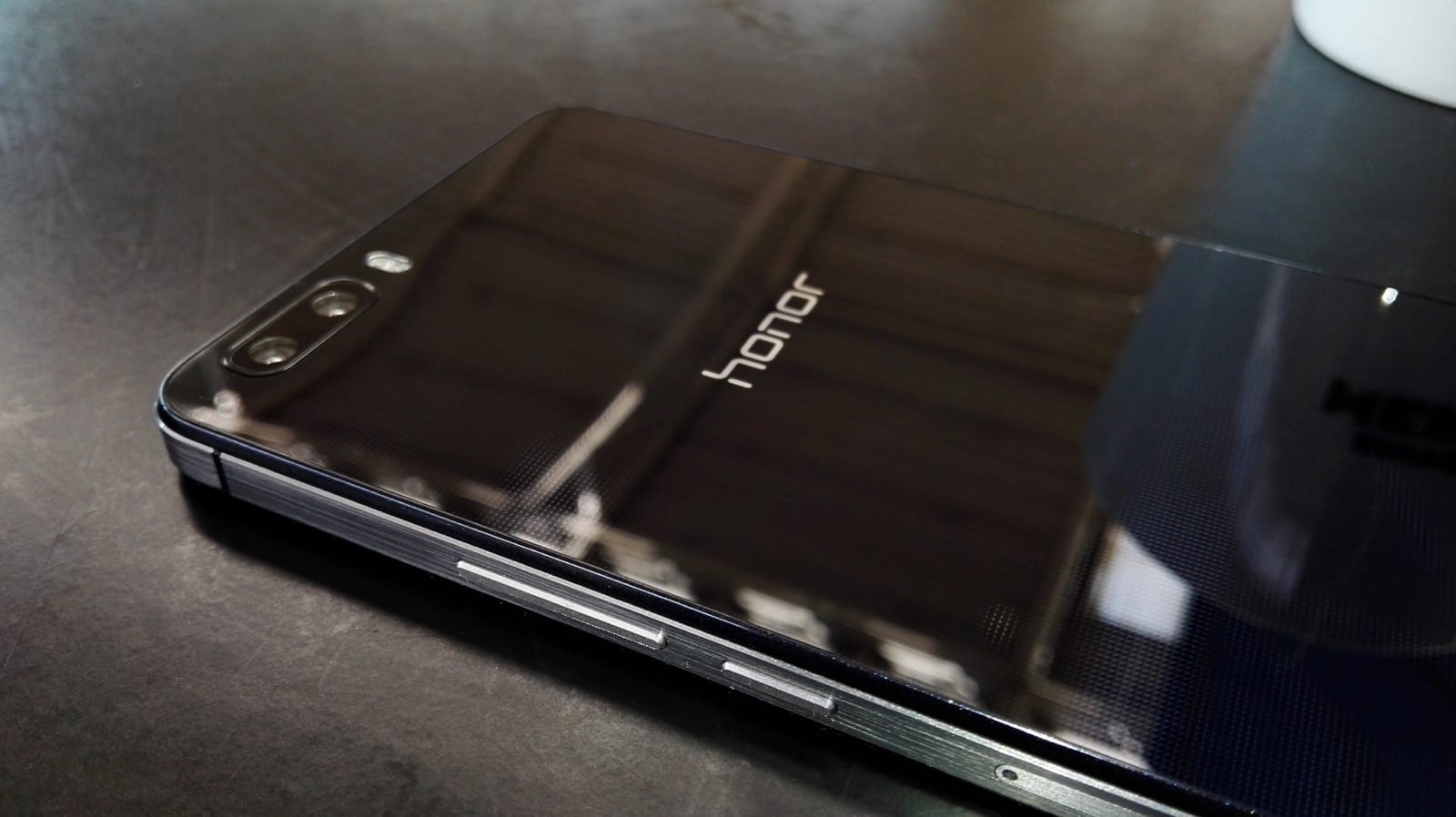
The problem is, the Honor 6 Plus won’t be able to use that new phone coverage. Now, while it might sound devastating, I have tried to retain a sense of perspective because it would be unfair to completely write the phone off because of it.
Firstly, you can’t miss what you’ve never had, and secondly, the phone can and will continue to work just as it does today – and Three’s 3G network is pretty solid nationally, with 4G at 1800MHz continuing to be rolled out, and offering higher speeds in most cases than 800MHz does.
Another issue is that anyone wishing to buy this phone for use on another network, such as Vodafone or O2, will be out of luck. O2 only has 800MHz, while Vodafone only has a limited number of locations enabled for 2600MHz 4G (which the 6 Plus does also support).
Verdict
I did have to think long and hard about how big a deal the lack of 800MHz 4G support was, and it’s certainly not a trivial issue that can be ignored. However, for years Three has built a solid 3G network that can give speeds of 15-25Mbps, now further boosted by 4G in a number of locations – and continuing to grow. Therefore, while the 6 Plus won’t benefit from the very latest network improvements on the horizon, it’s not as if the current service will deteriorate.
I obviously couldn’t ignore it entirely as that would be grossly unfair – so it’s left to you to make your own judgement call.
For me, the £300 price tag and a huge battery alone makes it a great phone, while the combination of a great display, excellent imaging quality, and high-level performance, comes together to give you a something you would be proud to own and show off.
Also, I haven’t talked about the Emotion UI here (as I talk about it in great depth in my P8 review) but it’s something that you can easily replace with your preferred launcher. Bear that in mind if you go and have a play with one in store, as it does take some getting used to and understandably some people won’t have enough time in a shop.
For the money, Honor is giving you a load of bang for your buck, and it bodes well for future releases from a brand that will hopefully grow to become a major player in the UK, as it deserves to if it can produce hardware like this.
Of course, supporting all 4G bands would be nice next time around, so how about it Honor?
Handset Photo Gallery



